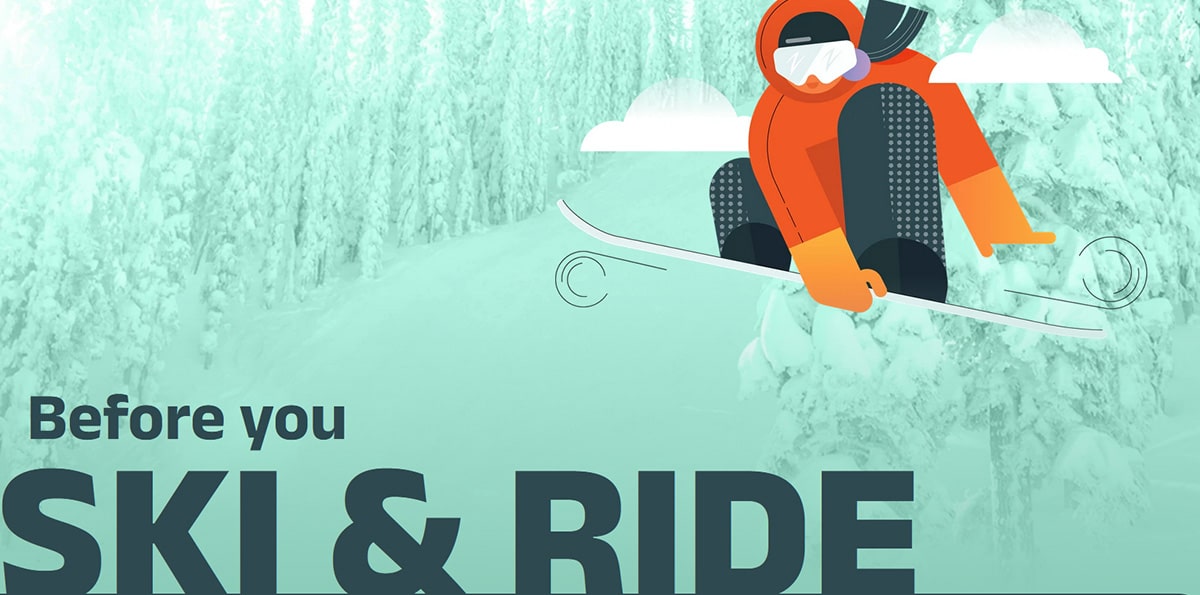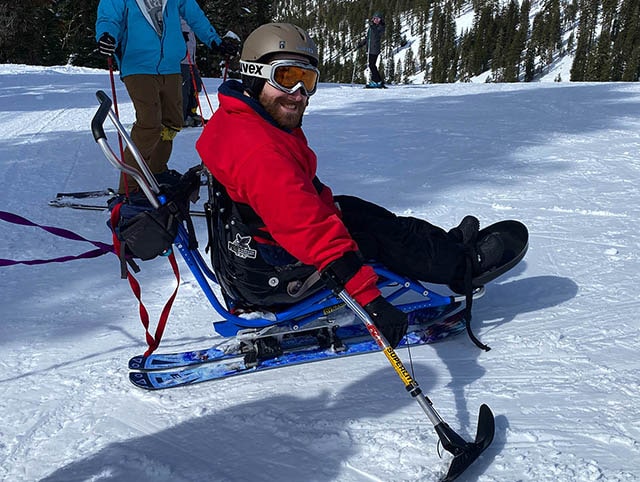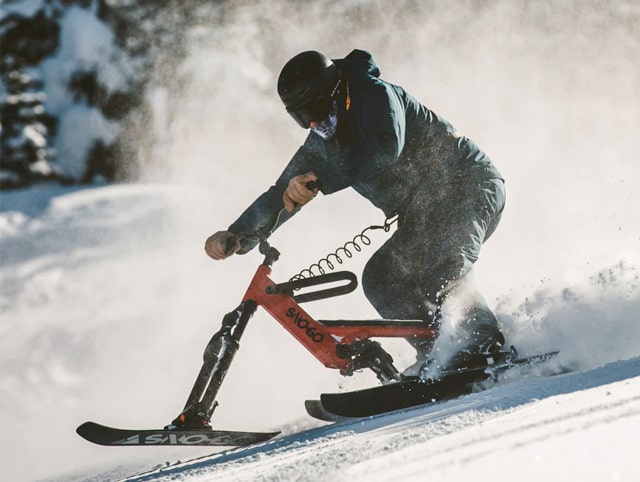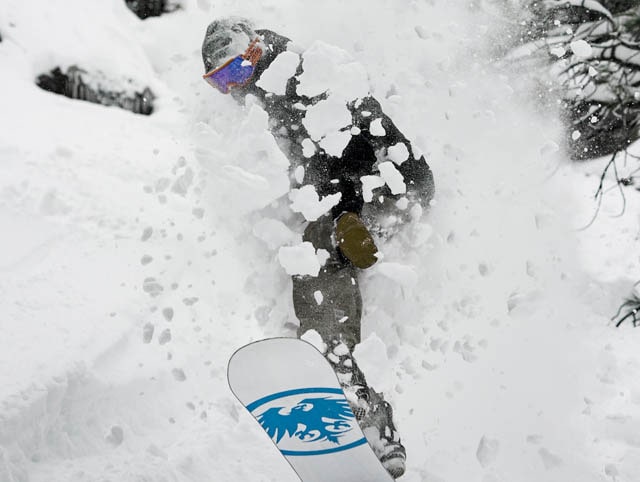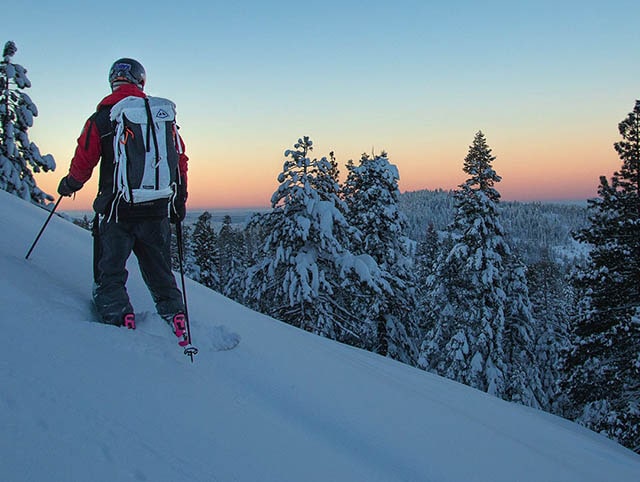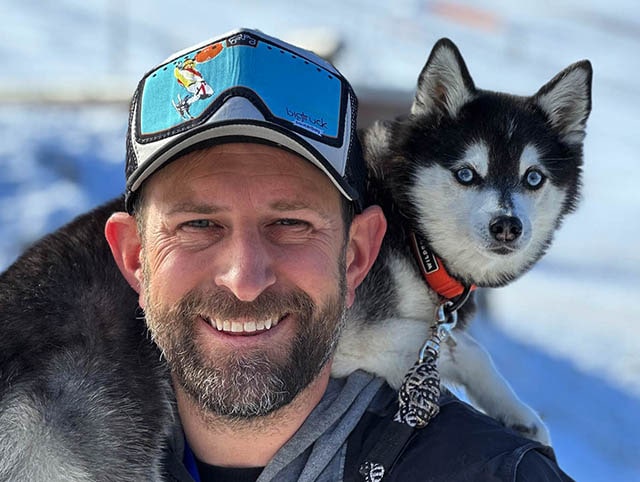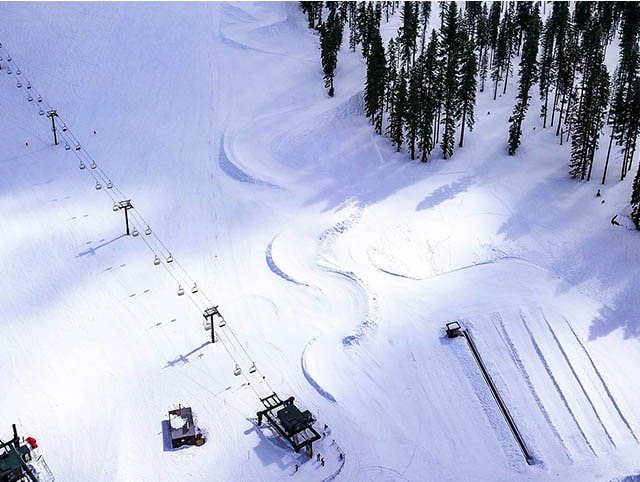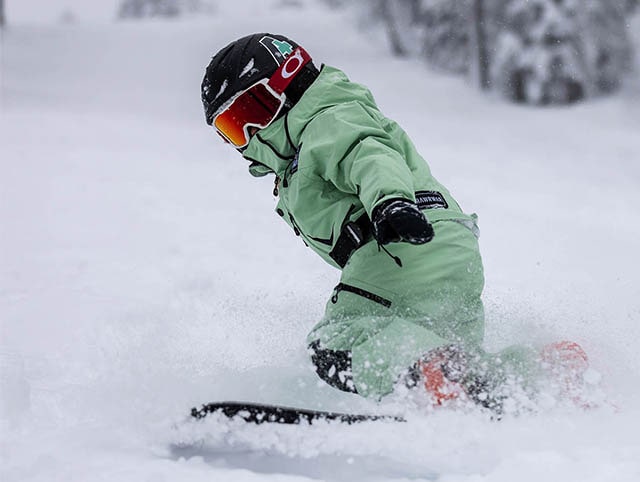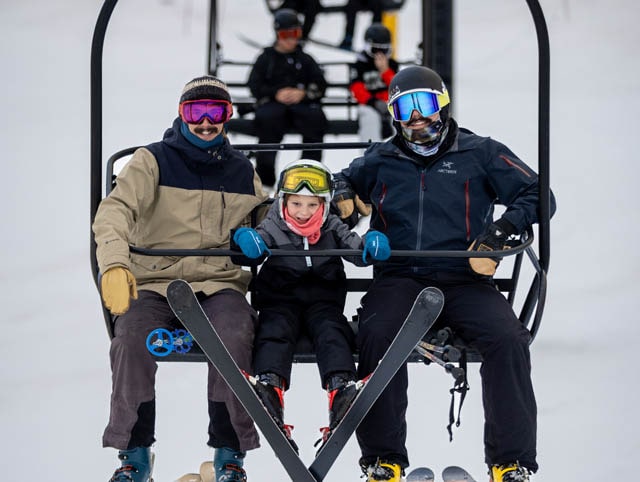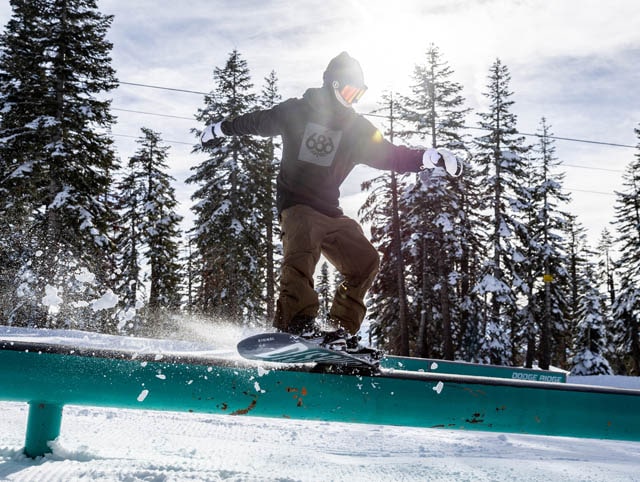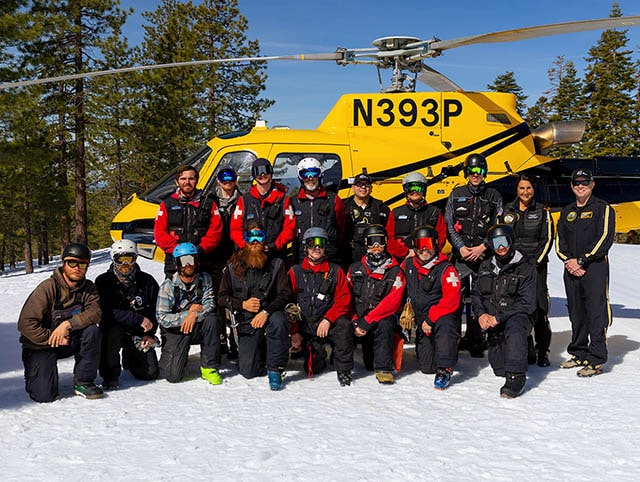When inspiration strikes, Affirm helps you say yes without giving up financial control. Select Affirm at checkout to split your purchase into 4 interest-free payments, or select a monthly installment plan over a time period that works best for you. Just select at...
Mountain Safety
Mountain Safety Is A Partnership
This Mountain Safety Guide is designed to help you – our valued guests and partners in safety – ski or snowboard safely and responsibly while having a fun experience with your family and friends. We are committed to working at addressing safety every day and in every facet of our operations.
(Click below for more info)

